Many tyres are scrapped due to bead damage that is often unnecessary and/ or avoidable. So, how can a bead injury be avoided in the first place? What options are there for repair? Is the process different for bias and radial tyres?
This article answers your questions and looks at how Monaflex bead repair systems can help.
Cross section of a tyre beadThe bead area of a tyre can be subject to damage sustained by:
Key steps: optimise and monitor inflation and double check the rim size
Key steps: rigorous cleaning, inspection and maintenance protocols
Key steps: optimising and monitoring tyre inflation
Key steps: ensure load capacities are never breached
Key steps: following tyre manufacturing guidelines for handling tyres, staff training and use of appropriate equipment
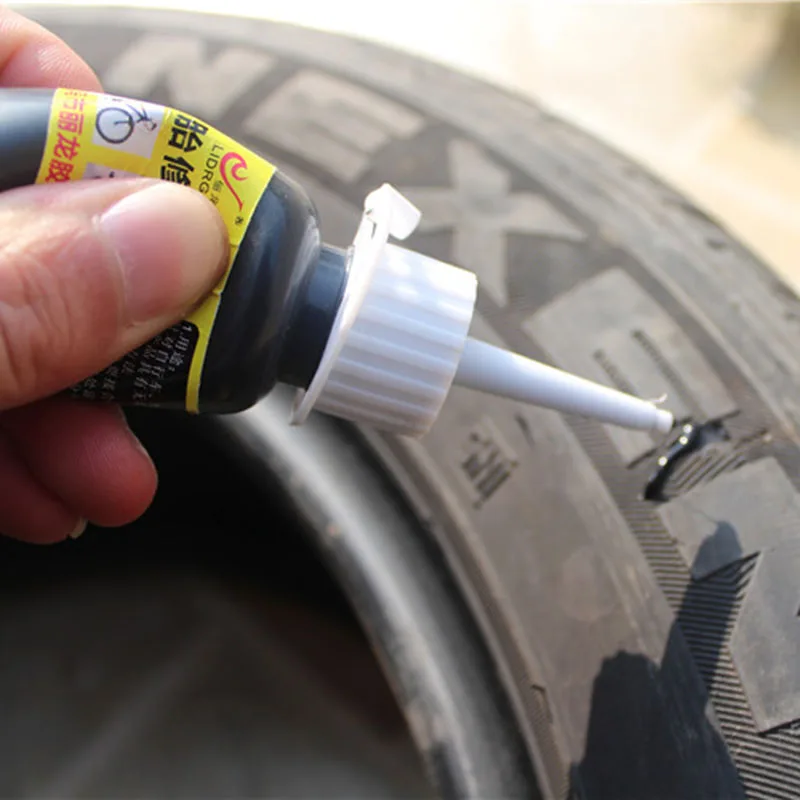
Key steps: lubricate thoroughly and double check inflation guidelines
There are key differences between the construction of radial and bias ply tyres and these differences determine the most appropriate repair method.
A radial tire has cords which run straight across to each bead, perpendicular to the tread face. Furthermore, there are additional plies laid at an angle within the tread face of the tyre only, so a radial tire might only have two layers within the sidewall but five or more in the tread face. Radial tires also usually have steel cords. The construction of a radial tyre is designed to be tough on the tread face but is more vulnerable to impact breaks in the sidewall due to greater flexibility.
The individual cords which make up each ply or layer within the carcass of a bias tyre run at an angle across the body from one bead to another. The angle varies, between 30° and 38° relative to the face of the tyre.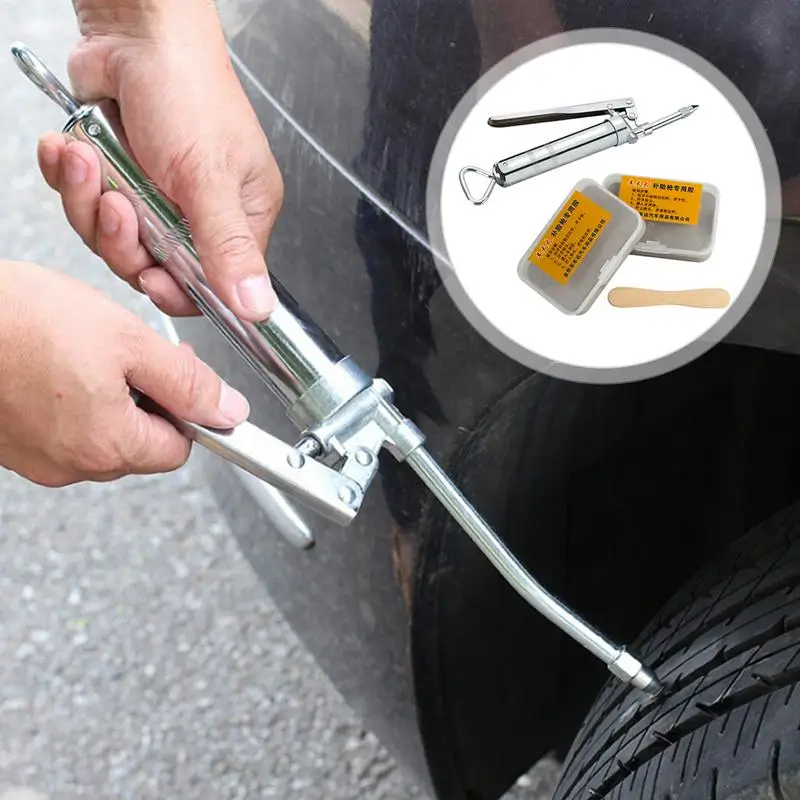 Additional plies run at opposing angles, or in bias, hence the term bias ply. The cords that make up the plies in a bias-ply tyre are usually made of nylon, rayon, polyester, or other non-metallic materials. There are typically multiple plies within the carcass of a bias ply tyre, but the number of plies in the tread face is usually the same as the number of plies in the sidewall. The number of plies will have an impact on the load-carrying capacity of the tyre as well as its resistance to impact breaks.
Additional plies run at opposing angles, or in bias, hence the term bias ply. The cords that make up the plies in a bias-ply tyre are usually made of nylon, rayon, polyester, or other non-metallic materials. There are typically multiple plies within the carcass of a bias ply tyre, but the number of plies in the tread face is usually the same as the number of plies in the sidewall. The number of plies will have an impact on the load-carrying capacity of the tyre as well as its resistance to impact breaks.
Only damage to the bead rubber which exposes the bead bundle or body cords can be repaired. Injuries generally caused by incorrect handling, mounting or dismounting which impede sealing of the tyre or maintaining recommended inflation pressures.
If any part of the bead bundle, body cords or structural components of the tyre are damaged no attempt should be made to repair the tyre, it should be scrapped.
For repairable bead damage of all types, Monaflex offers a solution for use in both Truck and mid range/ XL OTR tyres.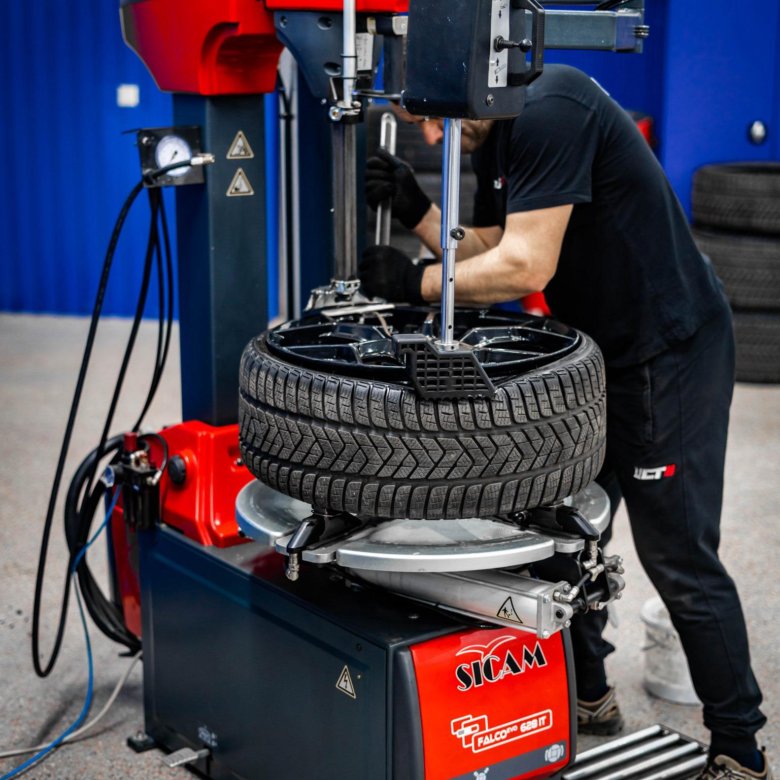
The quick to assemble system uses a single heat pad wrapped around the area to provide uniform temperature whilst the flexible, inflatable airbags ensure perfect conformity to the bead.
Take a look at our systems:
MBRS – mid range OTR bead system for 18.00R25 to 45/65R45
XL BRS – XL OTR bead system for 40.00R57 and 59/85R63
BRS – truck bead system for 8.25 to 12.00R24
Monaflex OTR and Truck bead repair systems have traditionally been used for radial tyres only but can also be used for repairs to the bead of Bias tyres.
By filling the repair using a chemical cure A & B compound, the Monaflex system can be used to exert pressure on the repair and ensure the strongest possible cure. If you’d like to learn more about this methodology, please just get in touch.
The bead area of any tyre is made up of a bead bundle, a bead apex filler and a bead chafer. Each has a separate function, yet each piece must rely on the other to function the way tyre design engineers intended. The main function of bead wire is to hold the tyre on the rim and to resist the action of the inflated pressure. Bead wire is the crucial link through which the vehicle load is transferred from rim to the tyre.
Each has a separate function, yet each piece must rely on the other to function the way tyre design engineers intended. The main function of bead wire is to hold the tyre on the rim and to resist the action of the inflated pressure. Bead wire is the crucial link through which the vehicle load is transferred from rim to the tyre.
The bead is composed of:
Cross section of a tyreTypically, a bead bundle comprises of numerous large monofilament steel cords. The cord is coated with rubber and then wound into a loop. The loop size is based on the wheel diameter. The resulting bundle is then wrapped with a ribbon of rubber-coated ribbon material. The cords within the bead help the tyre retain its shape and maintain the tyre’s seal as it is subject to distortion and vibration.
At the apex bead filler, a rubber compound, is incorporated within the bead configuration and extends into the sidewall area. The rubber compound used on the outside bead area is usually hard, and durable so as to withstand the rigours of mounting the tyre to the wheel and cut resistance when in service.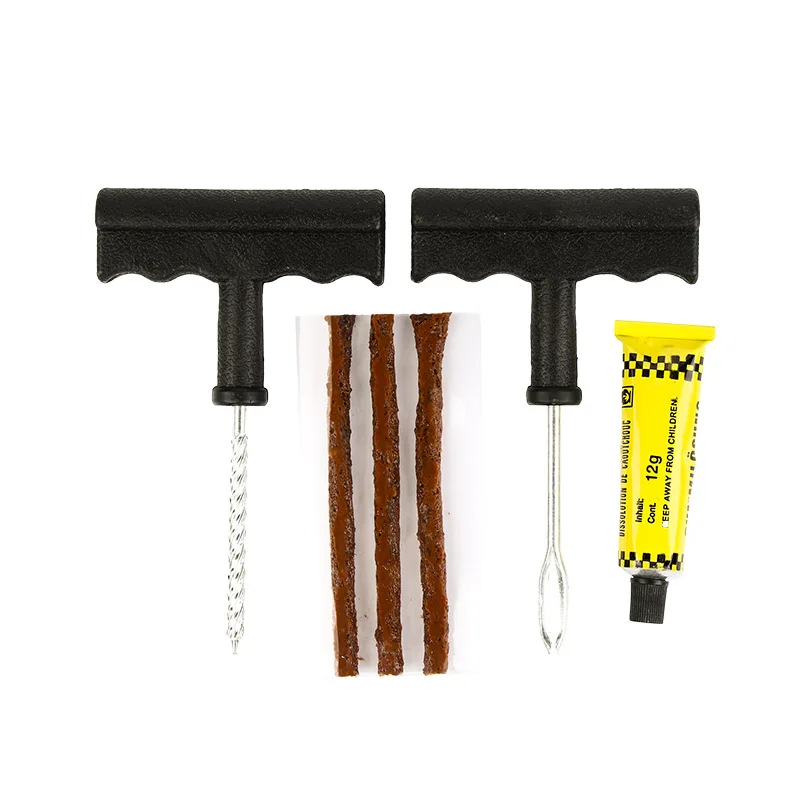
Another function of the bead apex filler is to create a smooth contour for the body plies around the bead wire in the lower sidewall area.
The remaining component in the bead area is the bead chafer, or chafer strip. Its function is to protect the bead area from rim chafing, mounting/dismounting damage and to prevent the tyre from rotating on the rim. Chafer strips are made of a hard, durable compound rugged enough to withstand the forces working against it.
Working with OTR tyres for earth-moving machinery is potentially dangerous due to their large size and weight, magnitude of air or gas pressures, and the presence of combustible materials. Uncontrolled release of stored energy has the potential to create serious, even fatal, consequences.
A safety assessment used to identify health and safety hazards to mitigate exposure to hazards and health risks should be carried out prior to any work commencing. For all new or unfamiliar tasks, every employees involved should first complete a Job Safety Analysis. A JSA should be incorporated into an organisation’s Risk Assessment Management system.
PPE should be worn at all times whilst inspecting or working with any type of tyre.
All tyres should be restrained with appropriate devices to ensure they do not fall over during inspection or while repair processes are being carried out.
Any advice given by MVS Ltd. (Monaflex) does not replace instructions supplied by the manufacturer of repair materials, tyres, tools and any other component parts or items in use. It does not replace guidelines, recommendations, usage regulations or any type of requirement stipulated at a company, legislative or any level.
MVS Ltd. accepts no liability for any consequential losses or damage of any kind arising directly or indirectly from the use of its products or services. End users are advised to carry adequate insurance cover in this respect.
End users are advised to carry adequate insurance cover in this respect.
January 28, 2000 01:00 AM
Column — January 28, 2000
Have you ever had the experience of having some "professional" person ruin something you cherished? Has someone ever told you to your face that you don´t know what you´re talking about even though you are knowledgeable of the issue? Have you ever been so mad that you wanted to reach inside his throat and pull out his liver?
Well, I had just such an experience last month.
I drive a sports car for which I purchased some great, but very expensive, high-performance tires 15 months ago.
These tires are great on dry and wet pavement. They stick to the road no matter how fast I go around curves or highway entrance ramps. Their only problem, which I discovered last January, is that they don´t go very well at all on ice and packed snow.
So I ordered a set of snow tires.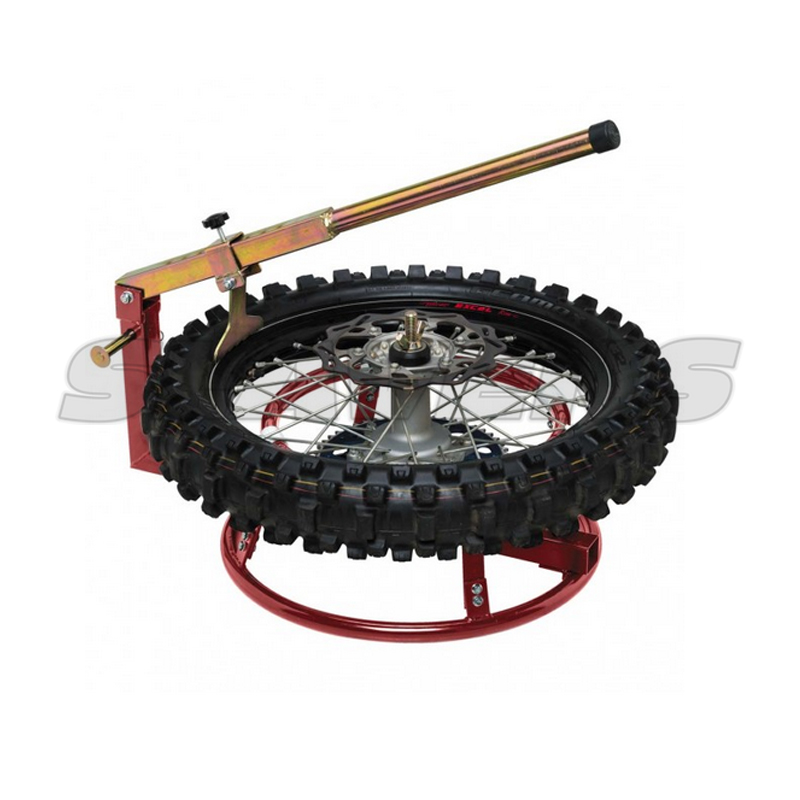 They didn´t come in until winter was almost over, so I stored them away and decided to put them on in December before the impending snows of Michigan hit this winter.
They didn´t come in until winter was almost over, so I stored them away and decided to put them on in December before the impending snows of Michigan hit this winter.
I called the local tire dealer in town whose sign claims he represents the tire brand I purchased and asked if the day and time I wanted to bring the tires in was good for him. He said, "Come on down!"
So I dropped my car off with the snow tires and left instructions to replace the high-performance tires with the snow tires and put the removed tires in my car.
I returned two hours later to find the technician just pulling my car into the bay and was advised to come back in 45 minutes. When I returned an hour later, the technician was just pulling my car out of the bay. The tires were loaded in my car so I paid the bill.
When I got home, I unloaded the tires and found that three of them had damaged beads.
One bead had a small knick in the bead toe, but the other two were much worse. One had a 3 1/2-inch chunk missing from the bead exposing skim stock, the other bead had been kinked and a large chunk of bead had been torn from it as well.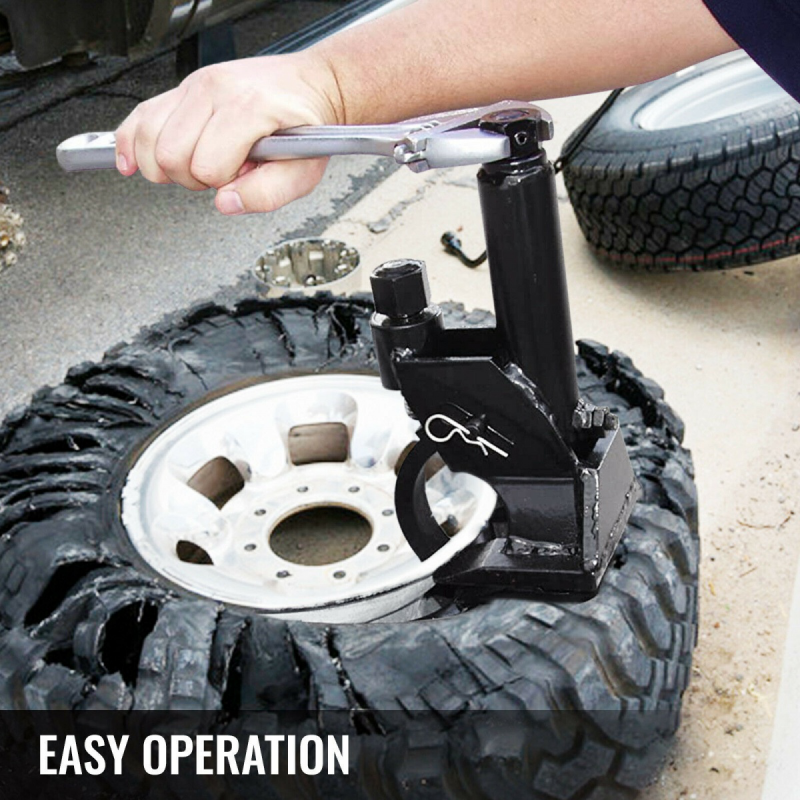
It was obvious that no bead lubricant had been used to demount these tires, as they were dry as a bone. I returned to the store with the tires and met with the store manager, who advised me that he had seen the tires and the damage before they loaded them in my car!
He attempted to convince me in a very condescending manner that these tires (that had 8,000 miles on them) were fine.
When I gave him my card and told him my middle name was "Truck Tires is Me," he asked me: "So how many high-performance tires have you mounted?" He said I should take the tires to other dealers in the area and ensured me they would tell me the tires were fine.
I told him I would call the tire maker´s engineering department and would have them call him. He said, "No matter what you do, I´m still not going to do anything about these tires." Great customer service, huh?
I called the tire manufacturer and found out that the tires should be replaced and the customer service manager arranged for me to get a whole new set of tires from a company store.
Now that is customer service! You can be sure I will not patronize that dealership again — nor will anyone else I can influence.
Bead damage is a leading cause of truck tire failures, too. How do you handle this situation as a commercial truck tire dealer?
What do you do when a fleet customer presents you with tires your technicians damaged during mounting/demounting? I trust that you handle things better than the retail dealer I encountered does.
Torn beads and kinked or distorted beads are really senseless damages because they are probably the easiest out-of-service tire conditions to prevent. These conditions are caused by the improper use of tire tools, incorrect techniques used when mounting and demounting tires, and lack of bead lubrication.
The key to averting this damage is to ensure that your technicians are trained properly to mount and demount tires and that they use plenty of bead lubricant. This implies that you have bead lubricant on hand.
I can´t tell you how many times I´ve been at dealer locations that have run out of bead lubricant, but the technicians are still mounting and demounting their customers´ tires. I saw beads being torn right before my eyes.
I saw beads being torn right before my eyes.
To prevent bead carnage in your company, first have every one of your service personnel properly trained to mount and demount tires and have them demonstrate to you that they know how to do the job right.
You have to do this to meet Occupational Safety and Health Administration (OSHA) requirements, anyway. All too often, the newest hire — no matter how green he or she is — is given the job of busting tires with little or no training.
This is not only bad for your customers, it is a violation of OSHA regulations. (All employees must be trained before they service truck tires, according to the federal government.)
Both the International Tire and Rubber Association (ITRA) and the Tire Association of North America offer programs you can use in-house to train your inexperienced or newly hired employees in truck-tire servicing and help you meet OSHA requirements.
If you don´t already have a training program, these probably will do.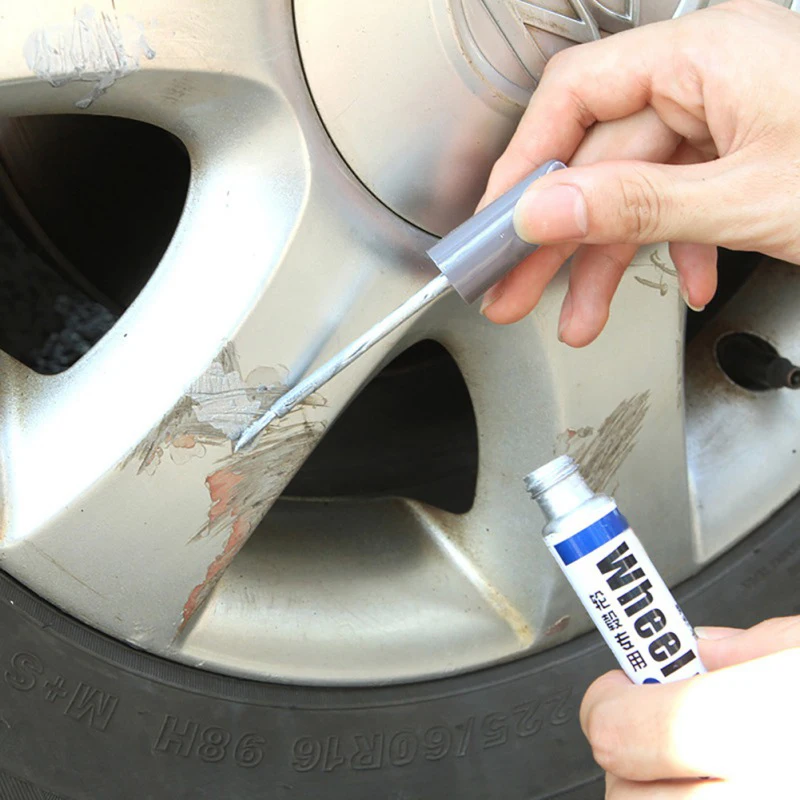
Then make sure that your service area is properly equipped. Throw out old tire tools that have been honed to a sharp edge over the years, purchase good-quality tools that are designed for truck-tire mounting and demounting.
Make sure you have a good inventory of vegetable-oil-based bead lubricant approved for both tire and wheel use and adequate mechanisms for triggering reorders when supply gets low. (Do not use petroleum- or solvent-based products.)
OSHA also requires that current charts or rim/wheel service manuals containing instructions for the type of wheels being serviced are available in the service area. These can be obtained from the ITRA or from wheel/rim manufacturers.
Don´t forget to check your service trucks, too. They should be outfitted with good tire tools and lubricant.
Of course, not all bead damage is cause for scrapping a truck tire. If a bead toe has been torn but no rust is evident, as in situations where the tire bead has just been damaged, and there is no damage to the wire, the bead can and should be repaired.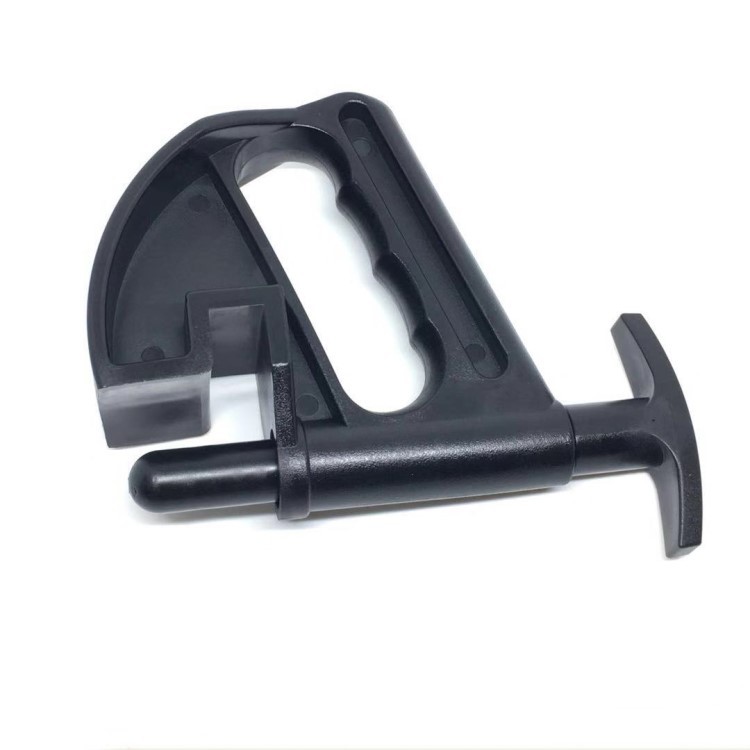
Also, if the tire has a bead chafer or reinforcement that wraps around the bead bundle and lays over the ply cords (the chafer runs at an angle to the bead, while the ply cords run perpendicular to the bead), damage to the chafer can be removed and the bead can be repaired. But if the ply cord wire is rusty, gouged, kinked or broken, loose or separated, the tire cannot be repaired and must be scrapped.
Now, you still may have instances in which your service personnel damage truck-tire beads. I suggest that you establish a policy for handling this situation immediately and appropriately with your fleet customers.
Specify what type of damage should be repaired at no charge to the account, as well as the action that will be taken if the tire must be scrapped. Imagine these are your tires.
You don´t want to lose a good customer by telling him: "No matter what you do, I´m still not going to do anything about these tires."
Another season of changing shoes is approaching. And you may remember that after the last winter/summer there is a joint on one of the tires - a small bump. I don’t want to run to the store for the sake of one new tire. We understand. Or maybe it looks even better if repaired?
And you may remember that after the last winter/summer there is a joint on one of the tires - a small bump. I don’t want to run to the store for the sake of one new tire. We understand. Or maybe it looks even better if repaired?
Yes, not every wheel that meets with a nail, rebar sticking out of the ground or a sharp stone on the road is considered damaged. Everything, of course, depends on the scale of the damage and its location on the tire itself. Some are easily repaired, while others are simply impossible to do - the tire can only be sent to the trash.
A bulge on a wheel, referred to by drivers as a bump or bulge, is the most common tire sidewall defect. It appears due to a collision with an obstacle or after falling into a pit, more often at high speed. The threads of the sidewall carcass are easily damaged by impact, and the tire at this point can no longer hold the load and air pressure - swelling appears. A small bump sooner or later turns into a big one, and driving with such a defect is dangerous - the wheel can shoot at any moment.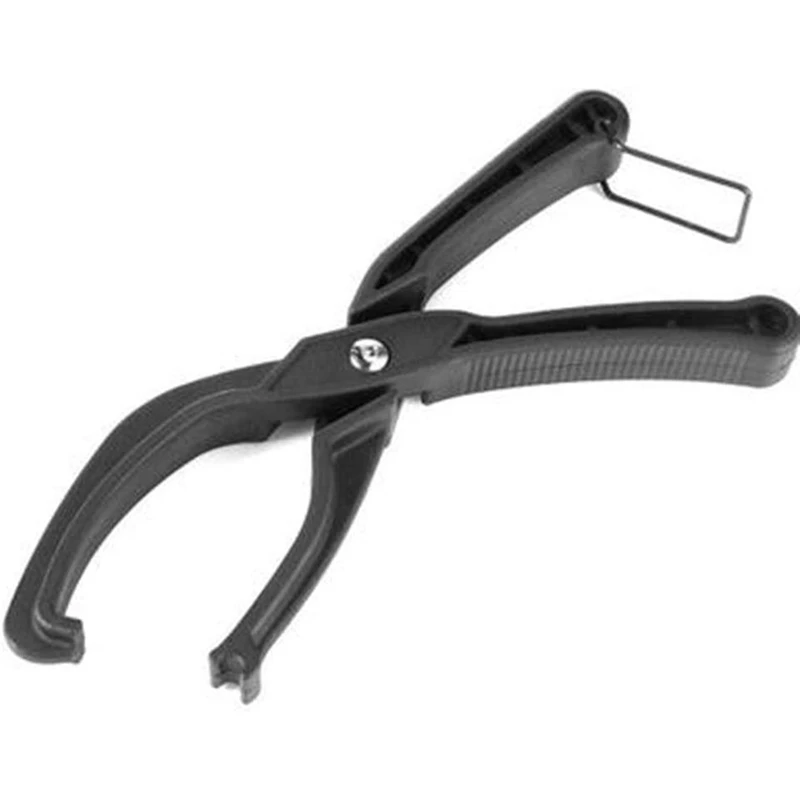 At high speed, this is fraught with loss of control, departure from the road and a rollover.
At high speed, this is fraught with loss of control, departure from the road and a rollover.
The quality of roads in Kazakhstan contributes to the appearance of bulges on tires
Some types of bulges are repairable, although this is a temporary measure. Not a single patch can restore the factory rigidity. Ideally, change the tire.
Special cord patches can extend the life of a tire with a herniation, even if the swelling has appeared on the tread. The sidewall is a different story. If the swelling appeared at a distance of more than 40 mm from the side, it can be repaired. If not, then the wheel needs to be replaced. Blisters on low profile tires are most often non-repairable.
For maximum safety when riding with a repaired bump, insert the tube. This is an inexpensive and reliable solution. On our market, you can find cameras made in China and Russia, the latter are slightly more expensive, but also of better quality.
The elimination of a side cut is a serious operation, therefore, as in the case of a bump, you will have to go to the professionals.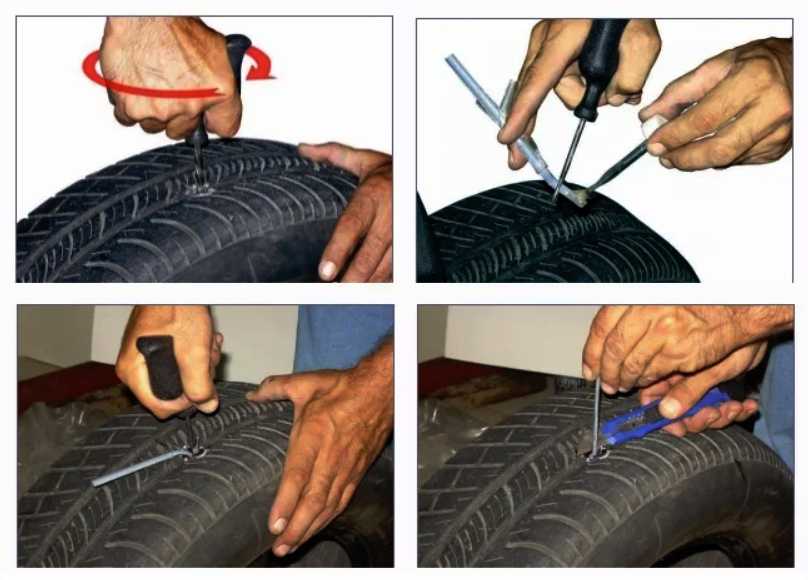 We need cord patches, fortunately in our time they are of different sizes and with a different number of layers. And if you do it wisely, then you can't do without special tools and vulcanization.
We need cord patches, fortunately in our time they are of different sizes and with a different number of layers. And if you do it wisely, then you can't do without special tools and vulcanization.
A cut, by the way, cannot be healed in all cases. If the gap is in the shoulder area of the tire, it is unlikely that anyone will undertake to repair it, since no guarantees can be given here. However, our Kulibins take on even the most difficult cases, cutting out parts of the sidewalls from the tires and even weaving the cord on their own.
Tire overhaul. We would not put such a wheel on ourselves
Low profile tires can be repaired, but more difficult. A tear in the sidewall is easier to seal on tires with a medium or high profile.
Sometimes a cut is confused with a pluck. This is when the outer layer of the sidewall caught on something sharp, a tear formed, but the frame itself remained intact. There is nothing wrong with that, although the drivers at the tire fitting company successfully repair the cut, for which they take it accordingly.
If a piece of rubber remains on the sidewall, then glue it with ordinary superglue (101st). If it came off, then it is better to cover it with raw rubber and vulcanize. Leaving the pluck bare is not recommended, because the tire carcass, often consisting of a metal cord, will quickly corrode.
In Europe, defective or used tires are perforated before being sent for scrap to prevent their resale and possible operation. But they don’t know that we have such holes on the sidewall patched once or twice
Cuts and hernias are not the only possible damage to the side of the tire. You can also spoil the side ring, in the process of changing shoes, for example. If it’s for garlic, then such a tire is already dangerous. Sooner or later, the tire pressure and the load in motion will start to squeeze the rubber off the rim - a wheel explosion may occur.
This ailment is repaired if the wire ring - the base - is intact.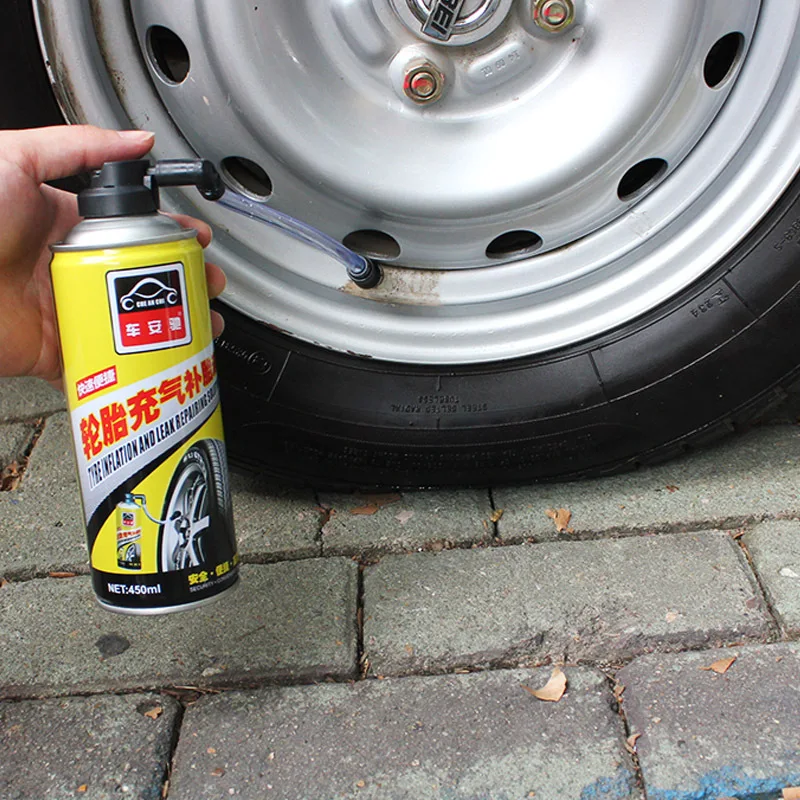 There are no special technologies and materials to correct this particular problem, but most often craftsmen use a two-component composition for chemical (also called cold) vulcanization. After mixing, the mass is pressed into a fat-free damage. Compound manufacturers recommend waiting 72 hours before mounting a tire. Of course, our masters do not pay attention to this condition - they put the tire right away. And it’s good if the wheel is flat because of this at night in the parking lot, and not on the road.
There are no special technologies and materials to correct this particular problem, but most often craftsmen use a two-component composition for chemical (also called cold) vulcanization. After mixing, the mass is pressed into a fat-free damage. Compound manufacturers recommend waiting 72 hours before mounting a tire. Of course, our masters do not pay attention to this condition - they put the tire right away. And it’s good if the wheel is flat because of this at night in the parking lot, and not on the road.
If the side ring tears are barely noticeable, but the wheel still deflates, then you can use a special liquid - a bead seal designed to seal a tubeless tire.
These seals have been used in motorsport for some time. In particular, in the American Formula D Drift Series, drivers used compounds to keep the tire on the rim even with minimal tire pressure. Now they are banned.
Pay attention to the left rear wheel of the Nissan Silvia S13. Due to too low pressure, it was literally taken off the disk under load
Every schoolchild has faced this problem when patching the inner tube of his bike after hitting something sharp.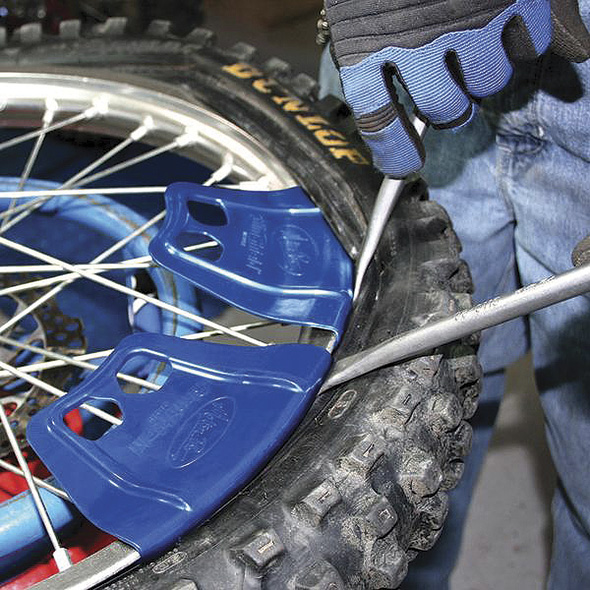 Repairing a car tire puncture with your own hands will also not be difficult even on the road. But for this you will need a pump (or compressor) and a universal tire repair kit with harnesses. All this is sold at any car market or gas station.
Repairing a car tire puncture with your own hands will also not be difficult even on the road. But for this you will need a pump (or compressor) and a universal tire repair kit with harnesses. All this is sold at any car market or gas station.
Repairing a tire on the side of the road with harnesses
The process is simple. If we are talking about the front wheels, then in most cases the wheel can not even be removed, it is enough to turn the steering wheel in the right direction, find the puncture site and carry out repairs. First, the hole is cleaned with a helical awl from the set. The tourniquet itself is smeared with glue and tucked into the eye of the awl, after which it is inserted into the tire hole. With a sharp movement, the tool is removed, and the tourniquet remains in place and clogs the hole. The tails are cut with a knife, but not at the root, it is recommended to leave about 20 mm. The tire is inflated and checked.
Sometimes a nail or self-tapping screw clogs the hole by itself, remaining in it.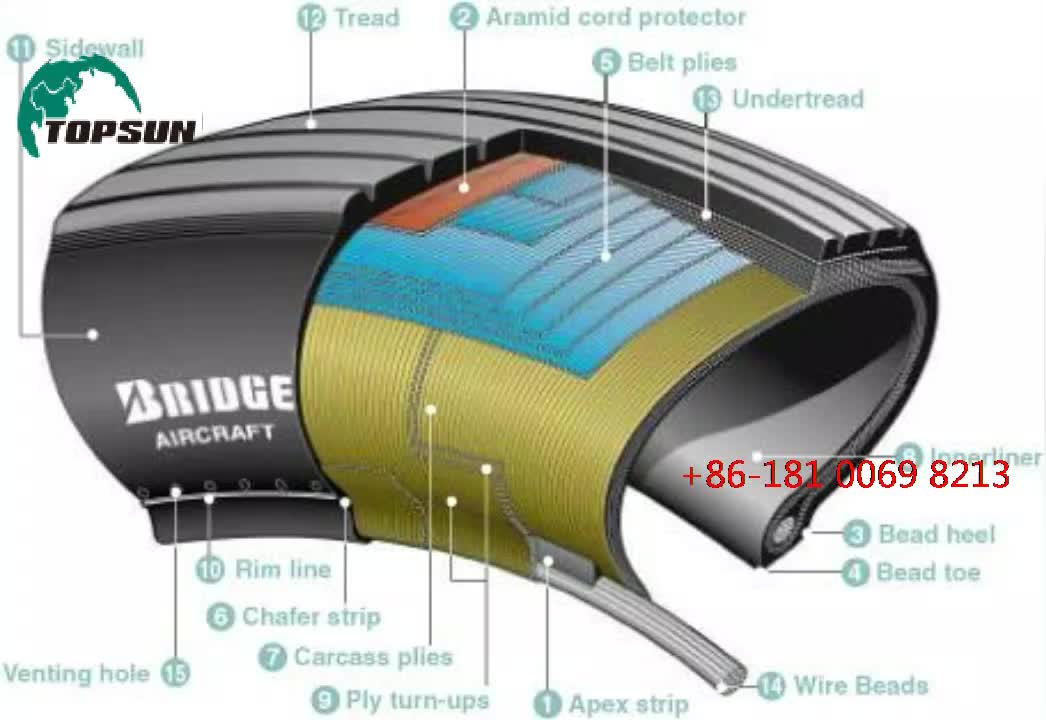 If you see a hat in a tread, do not rush to pull it out. While the pressure is holding, move to vulcanize. And sometimes they drive with a screw in a tire for weeks.
If you see a hat in a tread, do not rush to pull it out. While the pressure is holding, move to vulcanize. And sometimes they drive with a screw in a tire for weeks.
Repair of a puncture at a tire shop
Punctures are also repaired with harnesses at a specialized service, although among professionals such repairs are not considered long-term. After a few months, the flagella dry out and can let air through. There are more advanced methods like cold and hot vulcanization. The latter is more reliable. In this case, the hole is sealed with an elastic patch, and the funnel from a foreign object is filled with a special compound. After that, a vulcanizer is put on the tire, it heats up the rubber and solders it.
In addition to the plaster, the puncture is also repaired with special cord fungi. Craftsmen process the puncture site: drill it and treat the surface with a tool to roughen it. Then the repair area is lubricated with glue (it is also called cement) and a fungus is introduced.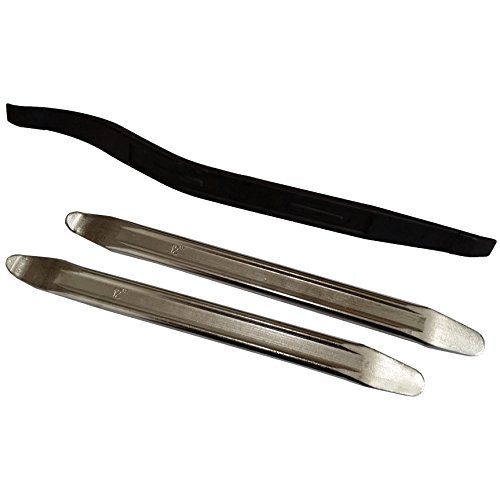 This is done from the inside of the tire. The cap of the fungus is rolled, and the excess legs are simply cut off from the outside.
This is done from the inside of the tire. The cap of the fungus is rolled, and the excess legs are simply cut off from the outside.
Puncture repair with sealant
With the advent of tubeless wheels, and later run flat tires, many automakers began to abandon spare wheels. Instead, repair kits with compressors are supplied with the machines. A repair kit is essentially a bottle of pressurized sealant. Later, such spray cans began to appear on the shelves of ordinary car dealerships.
This method has not taken root in the CIS, because the condition of the roads makes it necessary to have at least a stowaway in the kit, but it can also be considered as a method of repair on the road.
The car must be jacked up and sealant must be pumped into the damaged wheel through the nipple. Next, you should spin the wheel, then pump it up, lower the car and drive a few hundred meters.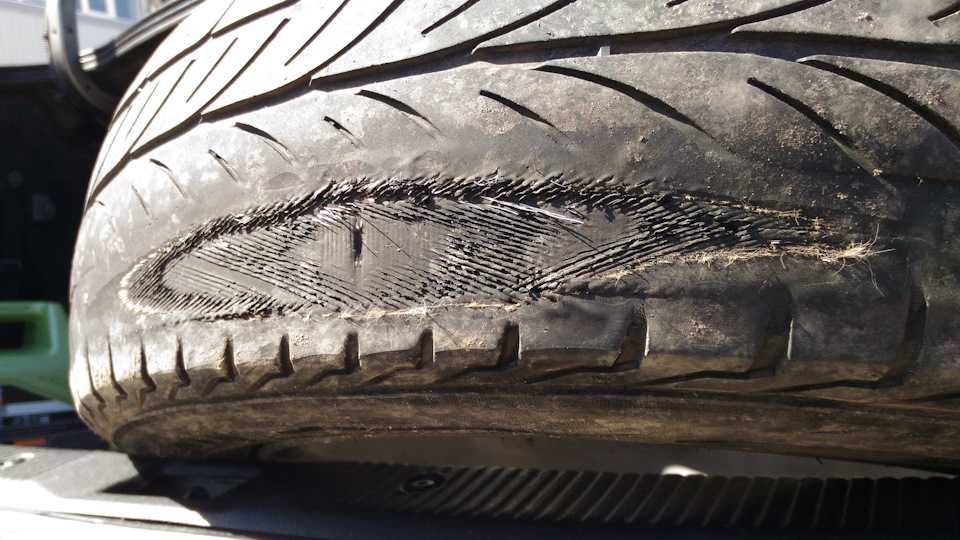 If the tire tightness has not been restored, repeat the procedure.
If the tire tightness has not been restored, repeat the procedure.
For commercial vehicles, cutting the tread with a special device (regrower) is a common thing. Moreover, such tire retreading is provided by the factory (marked REGROOVABLE on the sidewall) to increase the service life. But there are entrepreneurs who undertake to deepen the grooves in tires for passenger cars. But they are not intended for such an operation. Often used tires for sale are “refreshed” in this way. Be careful!
What is the threat?
The worst option is that the retreaded tire will shoot out on the road, as the master can damage the undertread layer when deepening the grooves. Such a tire will not be able to hold pressure at some point. There will be a boom! At best, the tire will indeed last a little longer, but is the game worth the candle? We think it's not worth it.
How is cutting made?
A regrower is used to cut the tread.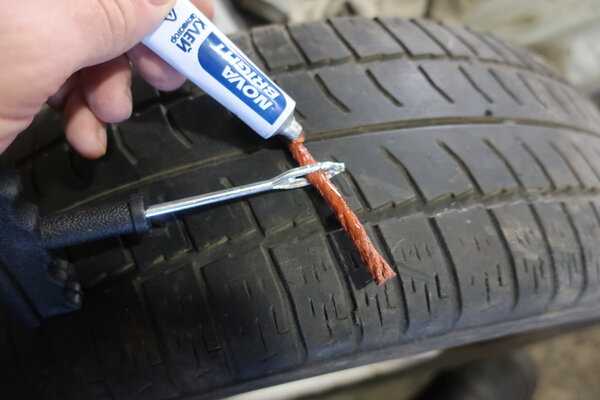 Roughly speaking, this is a large soldering iron with interchangeable tips of various shapes. It goes through rubber like a knife through butter.
Roughly speaking, this is a large soldering iron with interchangeable tips of various shapes. It goes through rubber like a knife through butter.
If the tire is for passenger cars, then it is worth taking on a regrower only in one case - when part of the tread pattern was welded with "new" rubber during repair. This is where threading comes in handy in order to restore the grooves and symmetry of the tread.
Vehicle operation is prohibited if:
- tires have a residual tread height of less than 1.6 mm;
- tires have punctures, cuts, ruptures that expose the cord, as well as delamination of the carcass, delamination of the tread and sidewall;
- tires in size or load capacity do not match the car model;
- tires of various sizes, designs (radial, diagonal, chamber, tubeless), models, with different tread patterns, winter and summer, studded and non-studded, new and restored, are installed on one axle of the car;
- Tires retreaded according to the second repair class are installed on the front axle.
What is a second class repair?
This is the case when the carcass of the tire is restored after serious damage. A side cut (or tear) is a serious damage to the tire carcass.
Most often, we ourselves are to blame for the fact that the tires become unusable. But this can be avoided.
You have never seen such tires: even the police were surprised
In the process of using the tires, various damages can occur, most of which are the fault of the driver. As a result, rubber is wasted, and since the law prohibits the use of different tire models on the same axle, you have to spend money on replacing the second tire.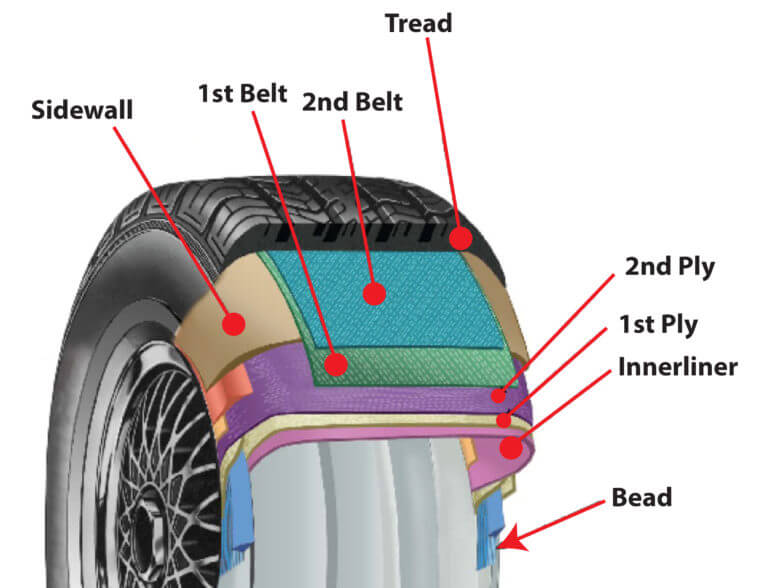
The most common damage is puncture . This is the most harmless type of damage, but only if you notice it in time and repair it right away. It is absolutely impossible to drive on a flat tire, even a couple of meters! The damage caused by running on a flat tire or low pressure is catastrophic. This causes the sidewalls to deform more than they should, which is why the tire overheats, delaminates, and the carcass becomes unusable due to broken cords. As a result, the tire will have to be thrown out. In addition, the edge of the rim can also be damaged.
There are two types of punctures: with and without cord damage. To determine this, it is necessary to remove what pierced it. If the edges of the puncture tightly converge, then the cord is not damaged and it will be possible to repair the tire without removing it from the disk. Otherwise, if the edges do not converge, you will have to disassemble the wheel and make repairs to strengthen the frame from the inside.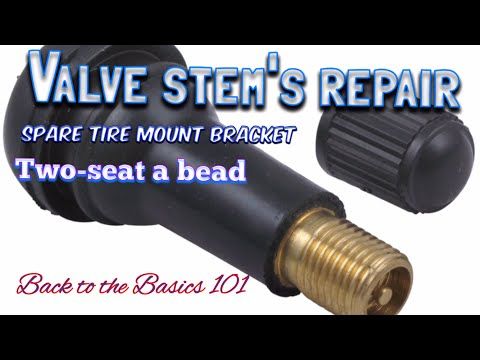 Alternatively, in the field and in the absence of a spare wheel, such a puncture can be repaired without removing the tire from the disk, after which you can carefully drive to a tire fitting or garage and make a full repair.
Alternatively, in the field and in the absence of a spare wheel, such a puncture can be repaired without removing the tire from the disk, after which you can carefully drive to a tire fitting or garage and make a full repair.
Is it possible to inflate a wheel without a compressor - the experiment "Behind the wheel"
When repairing, the puncture site must be cleaned and marked. Further, it all depends on what kind of repair kit you have - as a rule, instructions are attached to them. There are sealants that are poured into the tire through the nipple, after which the wheel turns with the puncture down and the substance seals the hole. Repair with a tourniquet or insert is somewhat more complicated, but also more durable: the edges of the hole are polished with a special tool, after which the tourniquet treated with a special compound must be inserted into the tire through a puncture with a special awl, pulled out (not completely) out and cut flush with the surface.
In case of cord damage due to a puncture, the tire must be removed from the rim in order to install a reinforced patch with additional cord on its inner surface. One of the sides of such patches has an adhesive layer that promotes cold vulcanization. After such a repair, wheel balancing will be required. To seal punctures from the inside, patches in the form of a mushroom are also used, with a leg that goes into the puncture. Such patches are also covered with a special adhesive composition for cold vulcanization.
Cuts or holes , unlike punctures, are not repairable, as they violate the integrity of the frame, which can no longer be strengthened. In addition, breakdowns are always sudden and occur on the go: the tire abruptly loses pressure and before the car comes to a complete stop it has time to make several turns "on the rims", which breaks the cord and destroys the layers. It is not recommended to use such a weakened tire, even if it was possible to repair and strengthen the rupture or cut, in the future.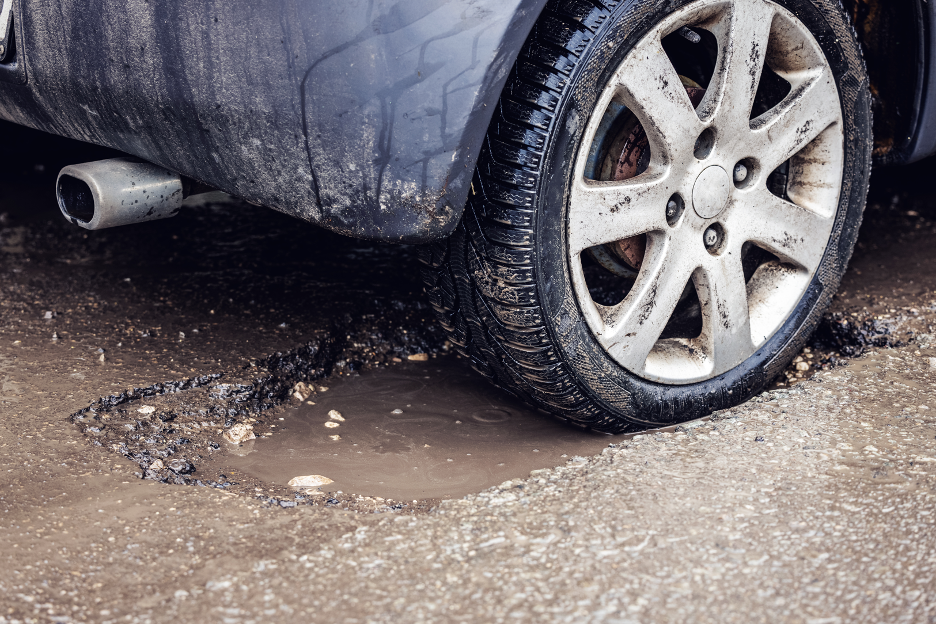
8 tire storage rules - do you follow them all?
Incorrect storage of tires can cause cracks . The danger of such damage is that moisture enters the cord through cracks, which renders the frame unusable. In addition, air can escape through cracks. Unfortunately, cracks are not repairable, and tires with them will not last long: sooner or later they will deform, become covered with swellings due to rusted and torn cord or because of driving with pressure below the recommended one.
Blisters or bulges can appear on a tire for a variety of reasons - it always happens due to a broken cord or delamination in the carcass. In the first case, an obstacle was hit and the impact broke the cord or the cord was cut through with a sharp object. In the second case, there is no damage on or near the hernia, which means that it appeared either due to a factory defect, or due to frequent driving with pressure below the recommended one.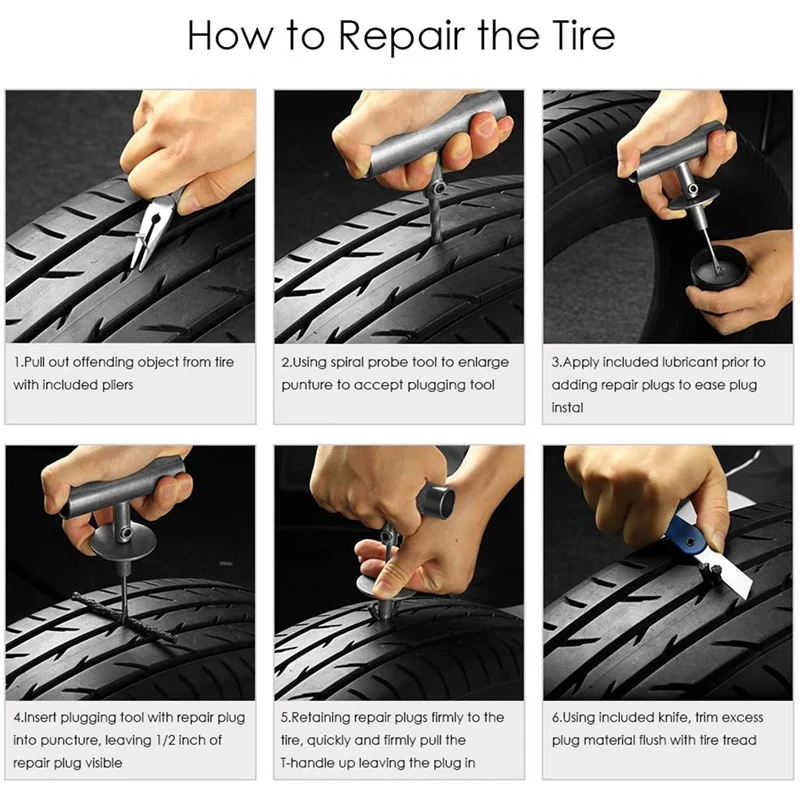 The danger of hernias is that they can explode at any time and provoke a skid, which will lead to an accident. If there is nothing to replace a tire with a hernia, then it is better to rearrange it to the rear axle and drive very carefully. Like fissures, a hernia cannot be repaired. Sometimes small blisters resulting from impacts or cuts are reinforced with reinforced patches, but there is no guarantee that the tire will not explode. Therefore, tires with hernias are recommended to be replaced immediately.
The danger of hernias is that they can explode at any time and provoke a skid, which will lead to an accident. If there is nothing to replace a tire with a hernia, then it is better to rearrange it to the rear axle and drive very carefully. Like fissures, a hernia cannot be repaired. Sometimes small blisters resulting from impacts or cuts are reinforced with reinforced patches, but there is no guarantee that the tire will not explode. Therefore, tires with hernias are recommended to be replaced immediately.
Tire blackening - 6 ways to polish your tires. Inexpensive!
Tire sidewalls can be damaged by rubbing against curbstones or the asphalt edge when driving over the side of the road. If you are prone to such a driving style, then it is recommended to inspect the inner and outer sidewalls from time to time and, if abrasion is found, swap the wheels in order to prevent the cord from being exposed - the rubber thickness on the sidewalls is small (1.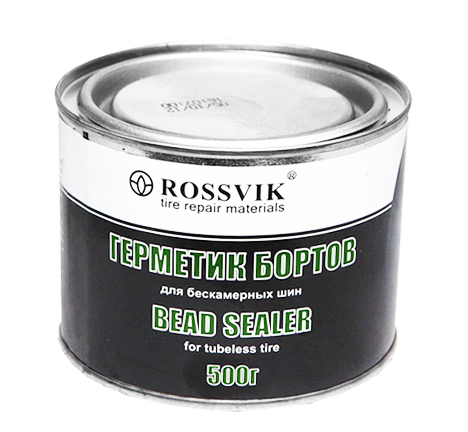 5-3 mm), and it can be rubbed to the frame very quickly.
5-3 mm), and it can be rubbed to the frame very quickly.
Often the cause of tire damage can be poor-quality tire fitting , during which the bead ring was damaged. In this case, the tire loses its geometry and “sits” crookedly on the disk - it writes “eights” during rotation, and lateral vibration appears during the ride. It is impossible to repair such a tire - you need to replace it with a serviceable one as soon as possible, until it damages the suspension: traction, hubs and bearings.
You can find out whether you use tires correctly and what invisible damage they have received by the characteristic wear of the tread, the varieties of which are collected for convenience in the table:
Shoulder wear on both sides
Driving with less than recommended tire pressure.
Inflate the tires to the pressure recommended by the car manufacturer (a plate with recommendations is attached in the driver's door opening) and find the cause of the fall: puncture, cracks, hernia, nipple, rust on the rim of the disc in the place where the tire fits, etc.